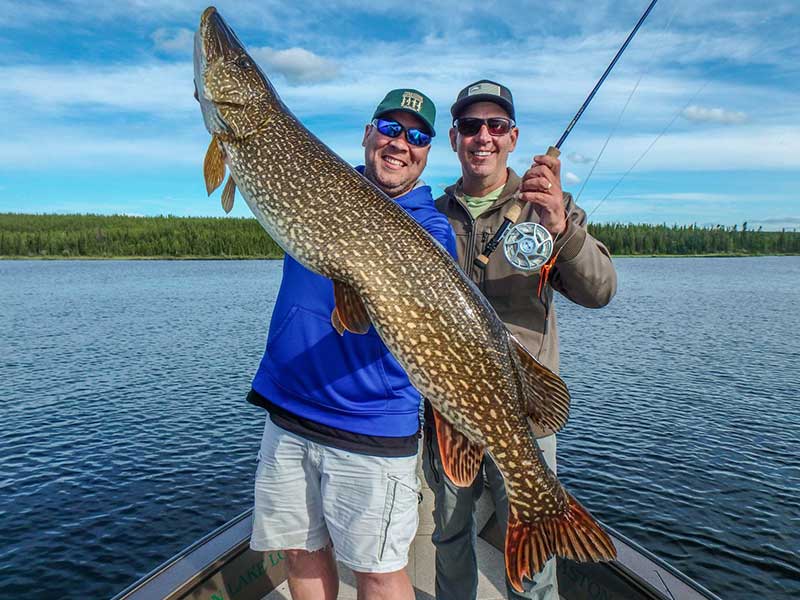By Andrew Marr


Step 1– Lay a thread base on the entire shank, glue thread in place

Step 2– Pick 3-4 pairs of roughly matching schlappen feathers for the tail section. Pick at least 1 pair of longer feathers. Clean stem for tying in cleanly.

Step 3– Make 2 bundles with the feather splitting the pairs in two. Lay the longest feather on the bottom and the shortest on top. The feathers should all curve the same direction. The two bundles should be roughly equal.

Step 4– Tie in the first bunch along the side of the shank, curled out away from the hook.

Step 5– Tie in the second bundle on the opposite side, again, feathers curling outward.

Step 6– If desired, add flash. Looping under the shank and laying down either side equally is an easy way to tie in the flash. Flash can extend just beyond the tips of the feathers.

Step 7– Pick out 2-3 feathers of roughly equal length and shape in the desired color for the head section. Wider, fatter feathers are ideal to create a larger profile vs a skinny feather which produces a narrower profile. Clean the base to tie in cleanly. Multiple colors can be used to create different combinations.

Step 8– Run your fingers and the length of the feather to fan it out.

Step 9– Stack the feathers

Step 10– Tie the base of the feathers in on a 45 degree backward angle towards the tail of the fly. Trim of the excess quill. Advance the thread towards the eye of the hook.

Step 11– Wrap the feathers together towards the hook eye. For increased durability for pike fishing it is recommended to lay a super glue down on the thread base prior to wrapping the feathers. This will prevent the head section feathers from easily being cut and unraveling and greatly increases durability! It is also recommended to brush out the feathers as you wrap them in so as not to trap material under itself.

Step 12– Whip finish and color the thread to match if required. Use epoxy, UV Resin, head cement or brush on super glue to seal the thread in place.


Optional Step 13– Add dumbbell or bead chain eyes on top. The weightless version has a very slow sink rate, great for shallow water or lethargic pike. Having some seaducers with dumbbell eyes is an easy way to fish them deeper with a faster sink rate or fish with a higher strip speed for active, aggressive pike. Great over top of weeds or parallel down weed lines. Having both version of this highly simple yet effective fly gives a pike angler many options on the water depending on conditions!




